Supreme Court Justice Clarence Thomas grilled prominent left-leaning lawyer Marc Elias this week about a campaign finance law, joining several other conservative justices in voicing skepticism about the law’s restrictions on certain types of political donations.
Thomas’ questions centered on a Federal Election Campaign Act provision that limits how much money state and national political parties can spend when coordinating with specific candidates.
Republicans who brought the lawsuit argued that the coordinated political spending is protected speech and should not be limited by Congress, while Elias, a prolific election lawyer, argued to the high court that Congress has a right to cap those expenses.
Thomas and Elias appeared at odds during oral arguments, as Thomas questioned why coordinated political spending between parties and candidates should face limits — particularly when it covers routine campaign expenses like hotels or food.
‘Just so I’m clear, is there any First Amendment interest in coordinated expenditures?’ Thomas asked.
Elias replied ‘yes,’ but said a party paying an individual campaign’s bills was ‘symbolic speech’ that is not fully protected and should be subject to standard contribution limits.
‘I still don’t understand what you’re saying,’ Thomas told Elias. ‘If the party coordinates with the candidate and pays the bill, does that have a First Amendment protection or is it simply, as you say, a bill-paying exercise?’
‘It is speech,’ Elias said, but he said court precedent says the bill payment ‘is treated as a contribution, and, therefore, though it is speech, it is subject to limit by Congress in how much can be spent on engaging in that speech.’
Congress currently limits individual donations that can be made to a political candidate, and the Supreme Court has in past cases balanced allowing First Amendment-protected political donations while also allowing caps as a safeguard against outsize influence and corruption in elections.
But the high court is now being asked to potentially allow millionaires and billionaires to make unlimited individual contributions to a state or national political party, with the expectation that the money would be redirected and spent in coordination with a particular candidate. The decision could upend the current political spending landscape ahead of the 2026 midterm elections by allowing rich donors to flood state or national political parties with more money.
Justice Brett Kavanaugh, another skeptic of Elias’ argument, pointed out that outside groups can accept limitless funds and influence elections and that state and national parties appear disadvantaged because of it.
‘I am concerned that a combination of campaign finance laws and this court’s decisions over the years have together reduced the power of political parties, as compared with outside groups, with negative effects on our constitutional democracy,’ Kavanaugh said.
‘That’s the real source of the disadvantage. You can give huge money to the outside group, but you can’t give huge money to the party, so the parties are very much weakened,’ he said.
The case was brought to the high court by the National Republican Senatorial Committee, the National Republican Congressional Committee, and two former Ohio Republican candidates: now–Vice President JD Vance and former Rep. Steve Chabot.
The liberal justices leaned toward wanting to avoid further undoing campaign spending limits, which have eroded over time under Chief Justice John Roberts.
‘Every time we interfere with the congressional design, we make matters worse… our tinkering causes more harm than good,’ said Justice Sonia Sotomayor. ‘Once we take off these coordinated expenditure limits, then what’s left? What’s left is nothing. No control whatsoever.’

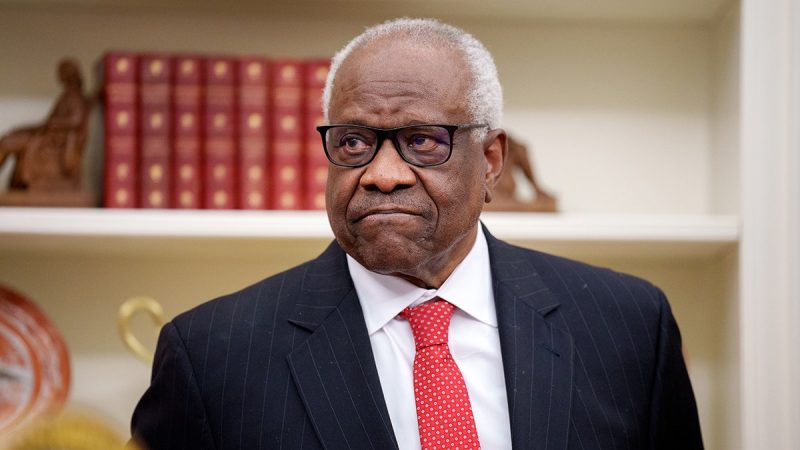
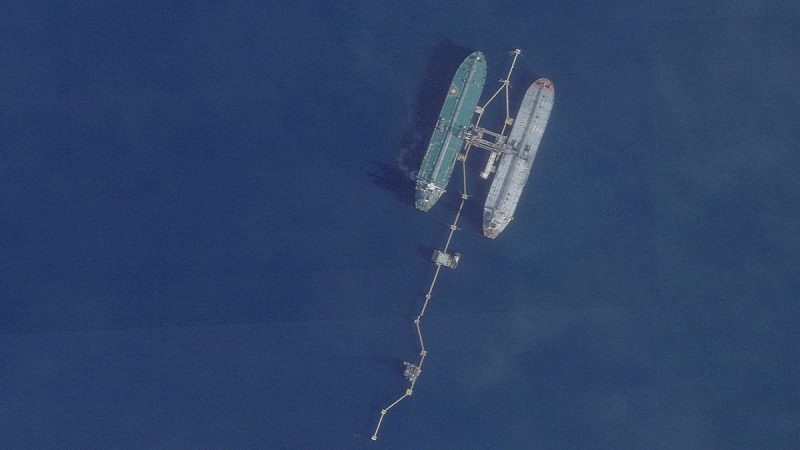
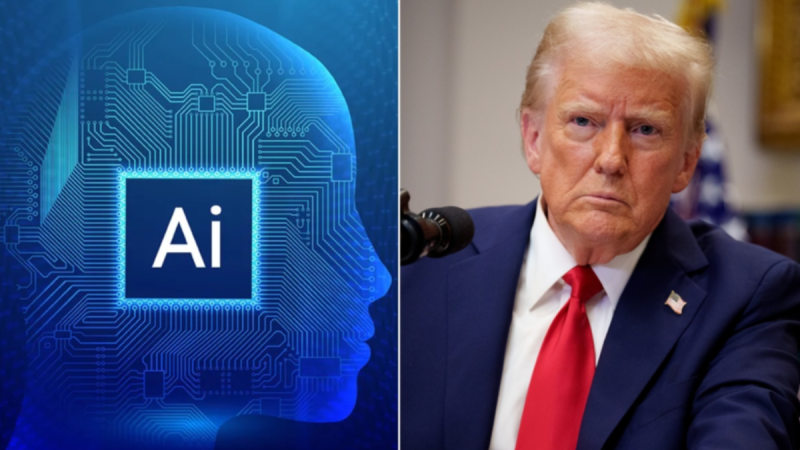


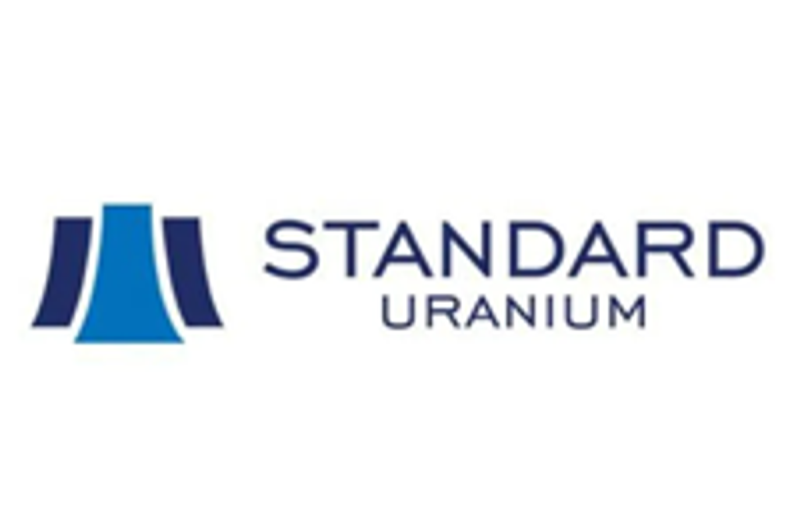

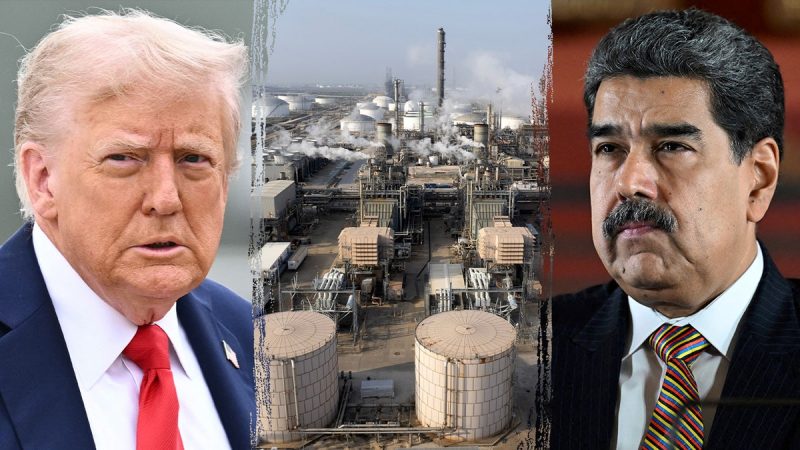
![A group of moderate Republicans is defying House GOP leaders to try and force a vote on extending enhanced Obamacare subsidies that expire at the end of this year.
Republicans led by Rep. Brian Fitzpatrick, R-Pa., on Wednesday filed a measure known as a discharge petition, a mechanism designed to force a vote on legislation over the wishes of leadership, provided it gets support from a majority of House lawmakers.
A dramatic series of events unfolded on the House floor as House GOP leaders worked to win support for an unrelated vote that first appeared poised to fail.
While a group of conservatives threatened to mutiny Republicans on that vote for separate reasons, several moderates also appeared to withhold their votes altogether, and Fox News Digital witnessed them in tense discussions with Speaker Mike Johnson, R-La., and other GOP leaders.
Those moderates eventually voted in favor of passing the legislation at hand before marching to the front of the House chamber to file their discharge petition. They lined up one by one to sign the document that would move their healthcare agenda full steam ahead despite Johnson signaling little appetite to entertain it.
So far, the petition has support from six House Republicans and two Democrats but is expected to grow in numbers as the clock ticks on the looming healthcare cost cliff awaiting millions across the country.
‘We know we need a temporary extension of the tax credits — with reforms — and then we can do more serious things, but we’re not gonna do serious changes to the [Affordable Care Act] in the next two or three weeks,’ Rep. Don Bacon, R-Neb., one of the signatories, told Fox News Digital. ‘So, we just felt like, since there doesn’t seem to be any impetus to do this, we’re gonna try to force the issue.’
Asked if he believed they would get House GOP leaders’ blessing, Bacon said, ‘Probably not.’
Fitzpatrick’s bill is aimed at advancing a two-year extension of Obamacare subsidies that Democrats expanded during the COVID-19 pandemic.
Democrats in Congress voted twice during the pandemic to expand the availability of premium tax credits for Obamacare, also called the Affordable Care Act (ACA), to make sure more Americans had access to healthcare coverage.
A majority of House Republicans have signaled they are not open to extending them, at least not without significant reforms. Conservatives in particular have panned the enhanced subsidies as a COVID-19-era relic that benefited insurance companies rather than Americans.
But some GOP lawmakers have joined Democrats in warning that failing to extend them at least temporarily at this point will result in millions of Americans seeing their healthcare premiums skyrocket while Congress refuses to act.
Rep. Ryan Mackenzie, R-Pa., another Republican who signed the petition, said House GOP leaders signaled they would be ‘putting forward’ a number of healthcare reforms ‘that are very positive in nature,’ but ‘an extension of the ACA tax credits was not included in that package.’
‘So, we have been talking about and advocating for that to move forward, and so this seems like the best vehicle to do that,’ Mackenzie said.
He told Fox News Digital, ‘The reason we’re in this mess to begin with is that things were done in a partisan fashion. And, so, I think if we want longevity and reforms and changes, we should be doing it in a bipartisan fashion.
‘It’s a time-sensitive matter, and it’s an existential matter for people back home who we care about where this is a very real problem,’ Fitzpatrick told reporters. ‘You try to do things through the normal course, you try to do things through regular order. When all those remedies are exhausted, then you’ve got to go this route, unfortunately.’
Asked if it was spurred at all by moderates’ conversation on the House floor with Johnson, Rep. Mike Lawler, R-N.Y., said, ‘It was clear that, given the timeframe and given some of the differences within our conference on particular issues, that a bill was not going to be put forward. And so I think we all recognize the importance of getting an extension passed.’
But it’s not clear whether House Democratic leaders, who have their own discharge petition for a three-year extension of the Obamacare subsidies, will support the bill. It likely will not succeed without buy-in from all House Democrats.
Asked if his leaders would back it, Rep. Jared Golden, D-Maine, said, ‘Go ask them. But I think they ought to.’
Johnson, for his part, told reporters discharge petitions were ‘typically used as a tool against the majority’ but said he was ‘very sympathetic’ to moderate Republicans’ concerns.
‘We have spent many, many hours trying to find a way out of the conundrum that we’re in. With regard to those extensions, there’s a lot of people who are very concerned about Obamacare and the fact that the subsidies were created by Democrats for COVID-era limited use,’ Johnson said.
‘We just can’t get Republican votes on that for lots of reasons, not enough of them. And, so, look, my colleagues have made a decision. I don’t take it against them personally, I don’t operate that way. I have great respect for those guys, I understand the situation they’re in for their districts, and we’ll see how it plays out.’
This post appeared first on FOX NEWS Moderate Republicans stage Obamacare rebellion as health cost frustrations erupt in House](https://tradingcentury.com/wp-content/uploads/2025/12/fitzpatrick-johnson-lawler-800x450-1.jpg)
